The S-1 is a high performance 4 batten wave sail. The reduced batten count makes this sail light, flexible and responsive. The S-1 has more back-hand pressure than the Blade, ensuring there’s always some juice to go vert or launch moves.
Both the S-1 and S-1 Pro have been developed on an identical platform. The PRO construction offers the ultimate experience while the S-1 replicates the dynamic performance in a more accessible construction.
Both constructions utilize GRADIENT PANEL TECHNOLOGY to logically reduce weight, increase strength and control stretch. Direct transmission of power. Increased longevity.
The S-1 features quality materials including VX2, SpiderFibre, and eM4. The S-1 Pro is crafted in CARBON FUSION.
The S-1 is a manoeuvre-oriented wave sail to excel in waves from knee high to as big as they go.
/ 4 BATTEN DESIGN
/ X-PLY OR CARBON FUSION WITH MONO WINDOW
/ DEVELOPED WITH JAEGER STONE
SIZES 3.0 / 3.3 / 3.6 / 4.0 / 4.4 / 4.6 / 4.8 / 5.0 / 5.2 / 5.6
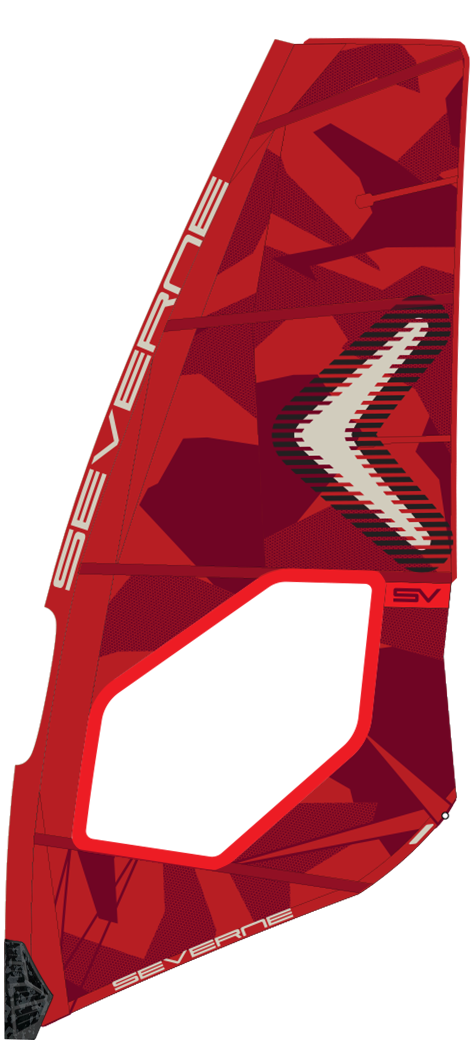

The GRADIENT PANEL TECHNOLOGY logically reduces weight, increases strength and controls stretch. Overall weight is reduced but the more significant improvement is the feel – quicker reacting and lighter feel.
Rather than a single curved luff panel, the S-1 Pro uses separate panels that radiate out of the head and tack corners. This perfectly aligns the sail material with the direction of load. Previously the curved panel would have bias stretch in all the wrong places. Direct transmission of power. Increased longevity.

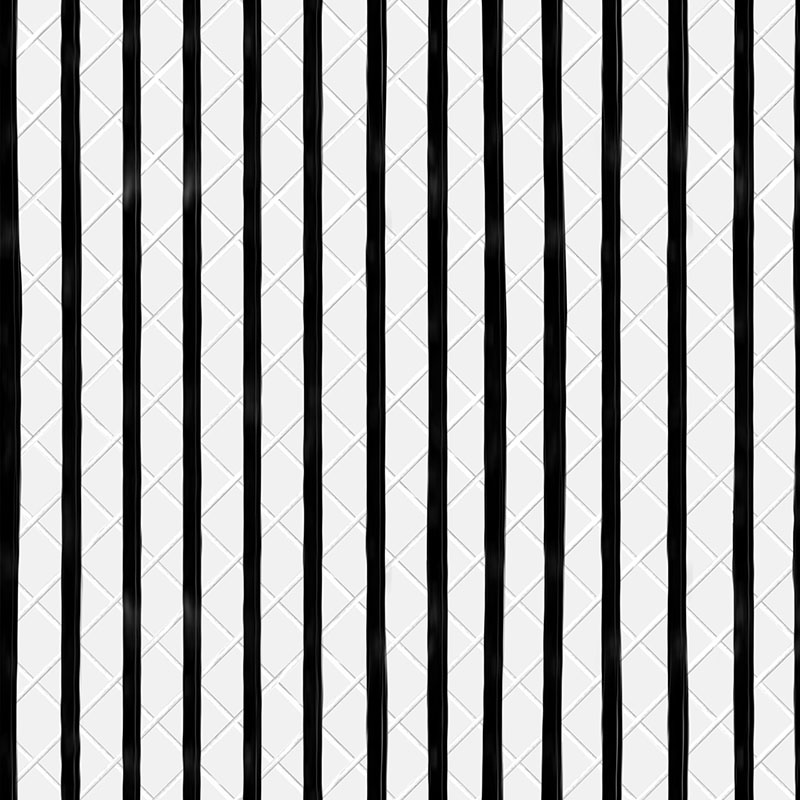
Unidirectional Carbon is aligned to all primary load paths and eliminates any stretch. Off axis Dyneema enables horizontal elasticity, allowing the sail to flex and react with lightning speed. Superior fibres deliver superior performance.

Roller tack pulleys are matched to the sails downhaul requirements and aligned for friction free downhauling and threading ease. Rig your sails with the Severne Hardware Division extensions for function and simplicity.

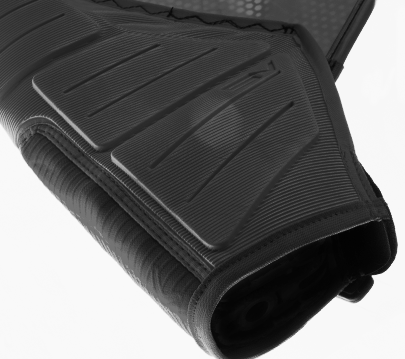
Protects your board from impact and neatly covers the foot detailing. It incorporates the rope stash pocket for easy storage of your downhaul rope.

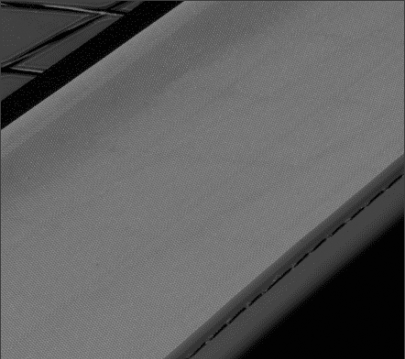
With recessed grooving, covering any vulnerable stitching the moulded soft edge encloses the hard edge long the foot of the sail and protects the stitching from wear along the board non-skid.

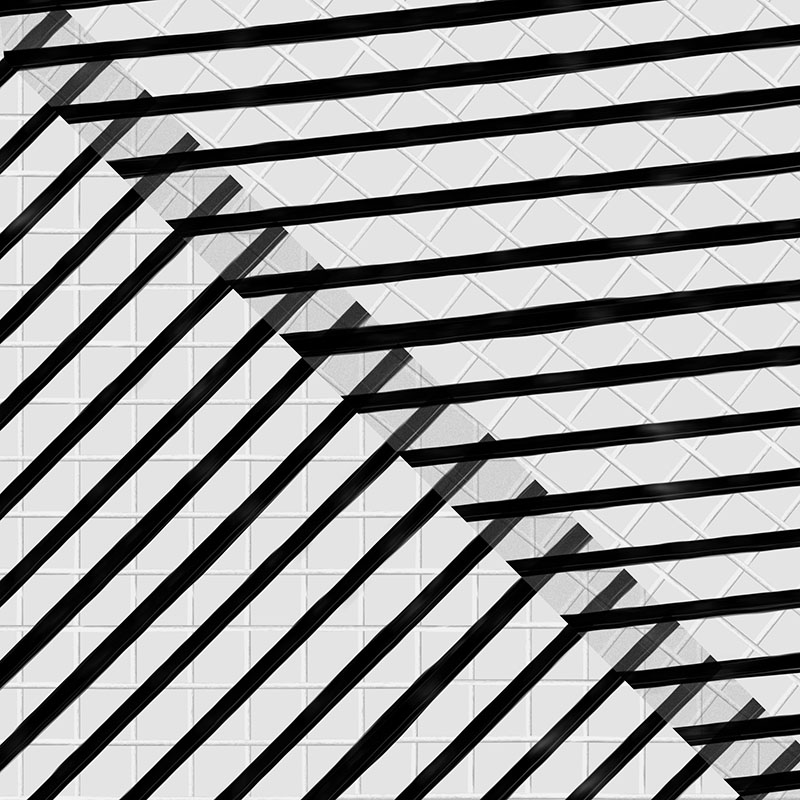
Each carbon segment is ultrasonically welded in place. This has multiple advantages over traditional sewing techniques.

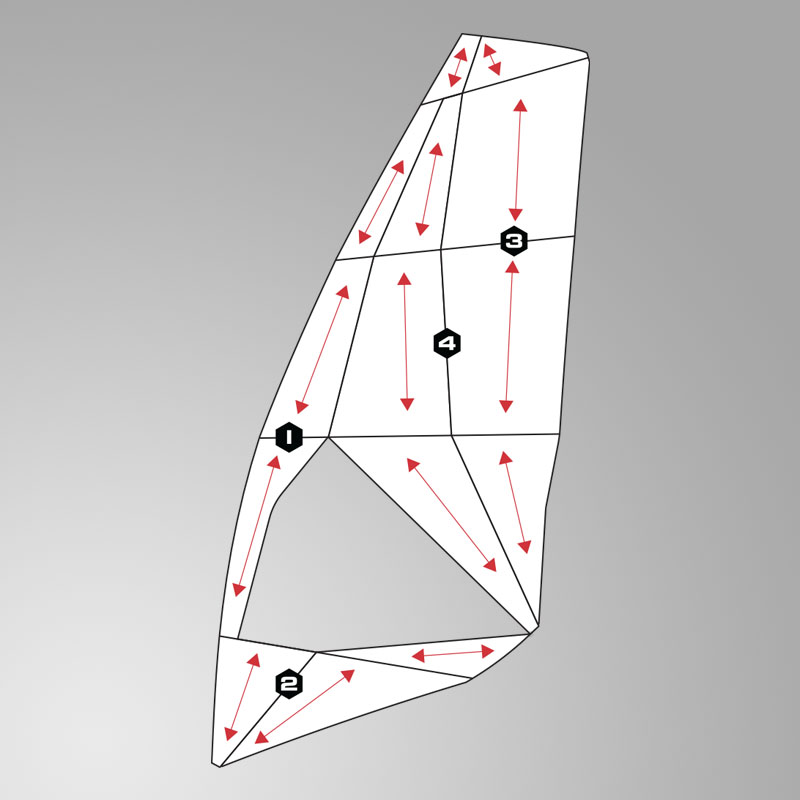
Each panel is strategically placed to align with the sails' specific loads, on all sizes.
This has multiple advantages over aesthetic panel layouts
“It keeps getting better.
The new S-1 Pro is light, fast,
powerful and smooth. It
embodies the way I wish to
wave sail and provides endless
possibilities of progression.”

With the new GRADIENT PANEL TECHNOLOGY improvements are obvious. Lighter weight and better stability.
Using the new GRADIENT PANEL TECHNOLOGY. Corners have overlapped panels which reduces the amount of patching. At the same time these overlapped areas extend into the body of the sail so it transitions the load much better, will be less stretch over time. It’s a more stable way of building sails.
The GRADIENT PANEL TECHNOLOGY logically reduces weight, increases strength and controls stretch. Overall weight is reduced but the more significant improvement is the feel – quicker reacting and lighter feel.
Rather than a single curved luff panel, we use separate panels – split luff – that radiate out of the head and tack corners. This perfectly aligns the sail material with the direction of load.
Previously the curved panel would have bias stretch in all the wrong places. Direct transmission of power. Increased longevity.

